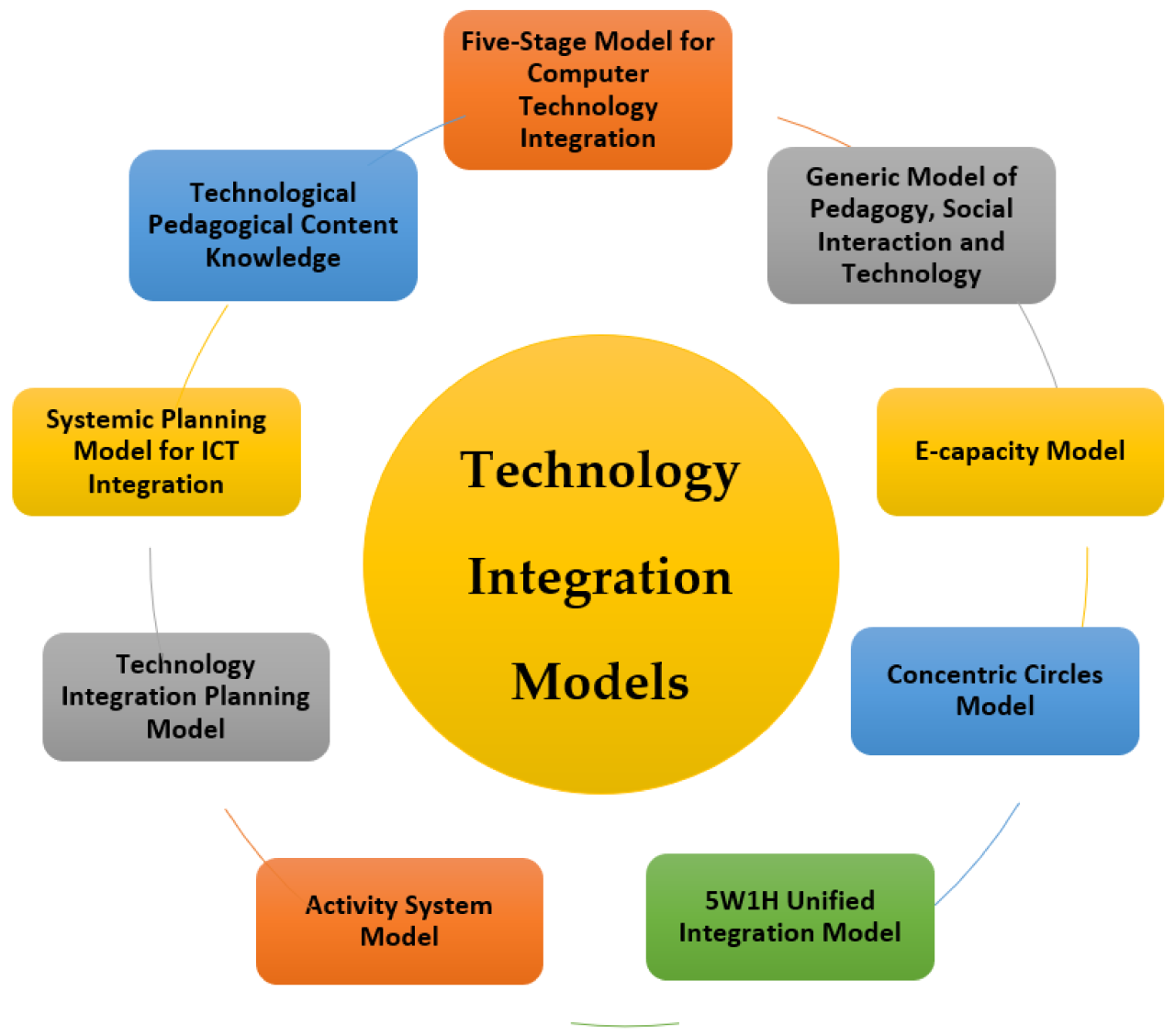Definition and Overview: Technology Integration

Technology integration is the seamless incorporation of technology into various aspects of life, including personal, professional, and societal domains. It involves the strategic use of technological tools, devices, and platforms to enhance efficiency, productivity, communication, and access to information.
Technology integration manifests in diverse forms, such as:
- Smart homes with automated systems for lighting, security, and entertainment.
- E-commerce platforms enabling seamless online shopping and payment processing.
- Telemedicine services providing remote healthcare consultations and monitoring.
Benefits of Technology Integration
Technology integration offers numerous benefits, including:
- Enhanced productivity and efficiency through automation and streamlining of tasks.
- Improved communication and collaboration, fostering real-time interactions and information sharing.
- Increased access to information and educational resources, empowering individuals with knowledge and skills.
Challenges of Technology Integration
Despite its benefits, technology integration also presents certain challenges:
- Digital divide and accessibility issues, as not everyone has equal access to or proficiency with technology.
- Cybersecurity risks, including data breaches and identity theft, requiring robust security measures.
- Ethical considerations regarding privacy, data protection, and the potential for misuse of technology.